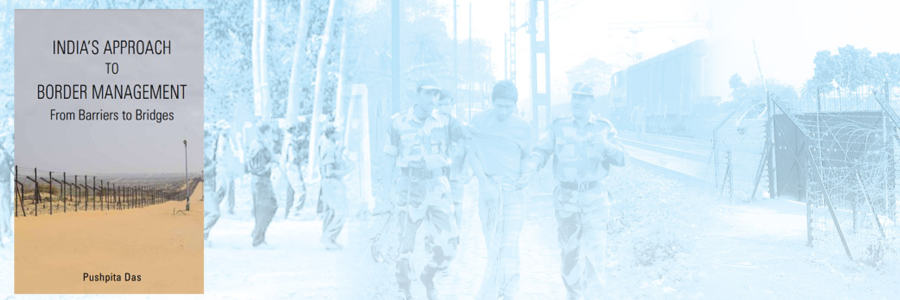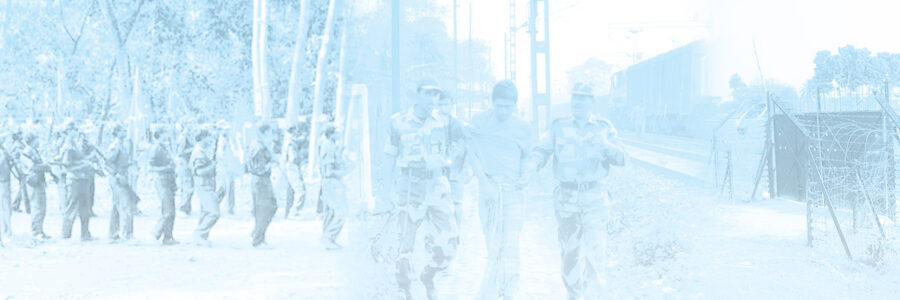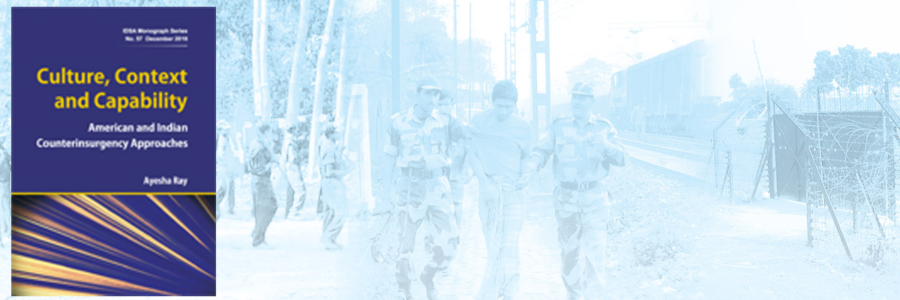Uttar Pradesh Emerging as a Terror Hub
Uttar Pradesh is emerging as a terror hub in the country. The January 1 attack on a Central Reserve Police Force (CRPF) camp in Rampur by four militants belonging to the Lashkar-e-Taiba (LeT) is the latest in a series of terror-related incidents to rack the state during the last year. Six serial blasts were earlier trigged on November 23, 2007 by militants belonging to the Harkat-ul-Jihad-i-Islami (HuJI), targeting the Varanasi court premises, the lawyers’ chambers in Faizabad, and a civil court in Lucknow. Two live bombs were also recovered and subsequently defused.
- T. Khurshchev Singh
- January 10, 2008















